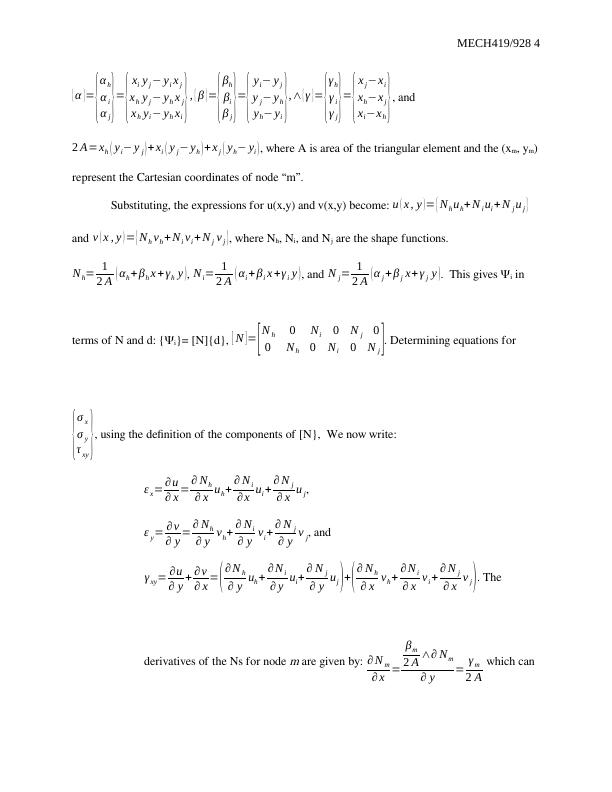MECH419/928 : Simulation Assignment
Assignment 1 for MECH419/928 course at University of Wollongong, Faculty of Engineering and Information Sciences, is a group project to be completed by a maximum of 2 members. The assignment is due on Friday week 6 and must be submitted via moodle. Plagiarism is strictly prohibited and will result in penalties. The assignment focuses on group synergy and teamwork in solving an engineering problem using MATLAB.
Added on 2022-09-11
MECH419/928 : Simulation Assignment
Assignment 1 for MECH419/928 course at University of Wollongong, Faculty of Engineering and Information Sciences, is a group project to be completed by a maximum of 2 members. The assignment is due on Friday week 6 and must be submitted via moodle. Plagiarism is strictly prohibited and will result in penalties. The assignment focuses on group synergy and teamwork in solving an engineering problem using MATLAB.
Added on 2022-09-11
End of preview
Want to access all the pages? Upload your documents or become a member.




